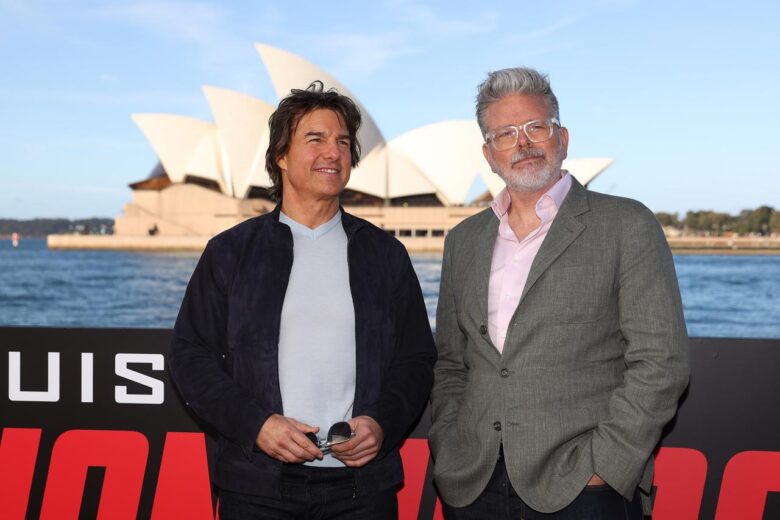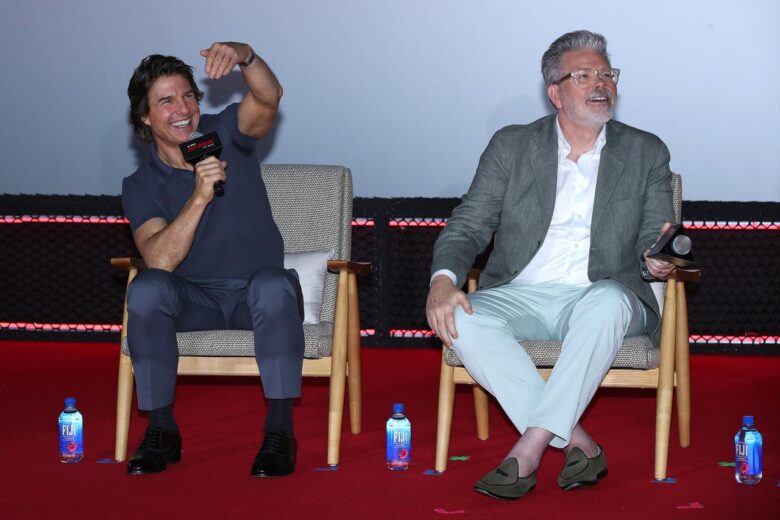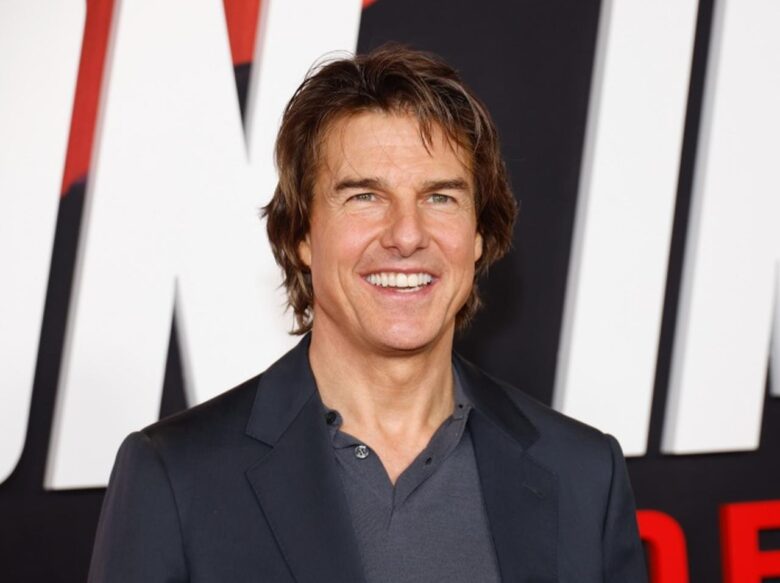Mission: Impossible: Dead Reckoning Part One” is the first two-part film in the series. Director Christopher McQuarrie talked about the ending of “PART ONE,” which he and Tom Cruise were thoroughly particular about.
Tom Cruise’s commitment to the ending
The film “Mission: Impossible: Dead Reckoning Part One”. Because of its direct connection to “PART TWO,” Tom Cruise, who also stars in and produces “PART ONE,” had been pondering “how to end” the film.

PART ONE” ends with a scene on the Orient Express, but instead of a typical cliffhanger that leaves you wondering what will happen next, the battle ends there once the battle is over. This was Tom’s thoroughness here, the film’s director Christopher McQuarrie reveals to Total Film.
The director said, “The scene at the end of the film was always where we intended to end it. How to end the film was something we had been thinking about for a long time. It was something that kept Tom up all night while we were making it,” he said. He always said, ‘It shouldn’t be a cliffhanger. It has to be satisfying. I had to satisfy the audience at least once,” he said.
The director’s expectations for audiences who have seen “PART ONE
The director said that he made numerous improvements to the ending of the film so that audiences who saw “PART ONE” alone would still be satisfied with the film as a whole. Tom kept going back to that scene and wondering if it was a satisfying ending or if it was something that felt like an ending with no set answer. We kept going back and redoing it over and over again.”

The director noted, “When you leave a cliffhanger, it feels like you’re expecting us to come back.”
We didn’t want that feeling. What we wanted was for you to feel that way, and we’re glad you feel that way, but we’d rather you not come back. For our part, we’d be happy if you kept thinking, ‘Oh, I can’t wait to see what happens next!’ He continued, “We didn’t want to leave a cliffhanger to give the audience a preview of what would happen next, but rather to “finish” the film once so that the audience would be satisfied and not predict what would happen next.


コメント